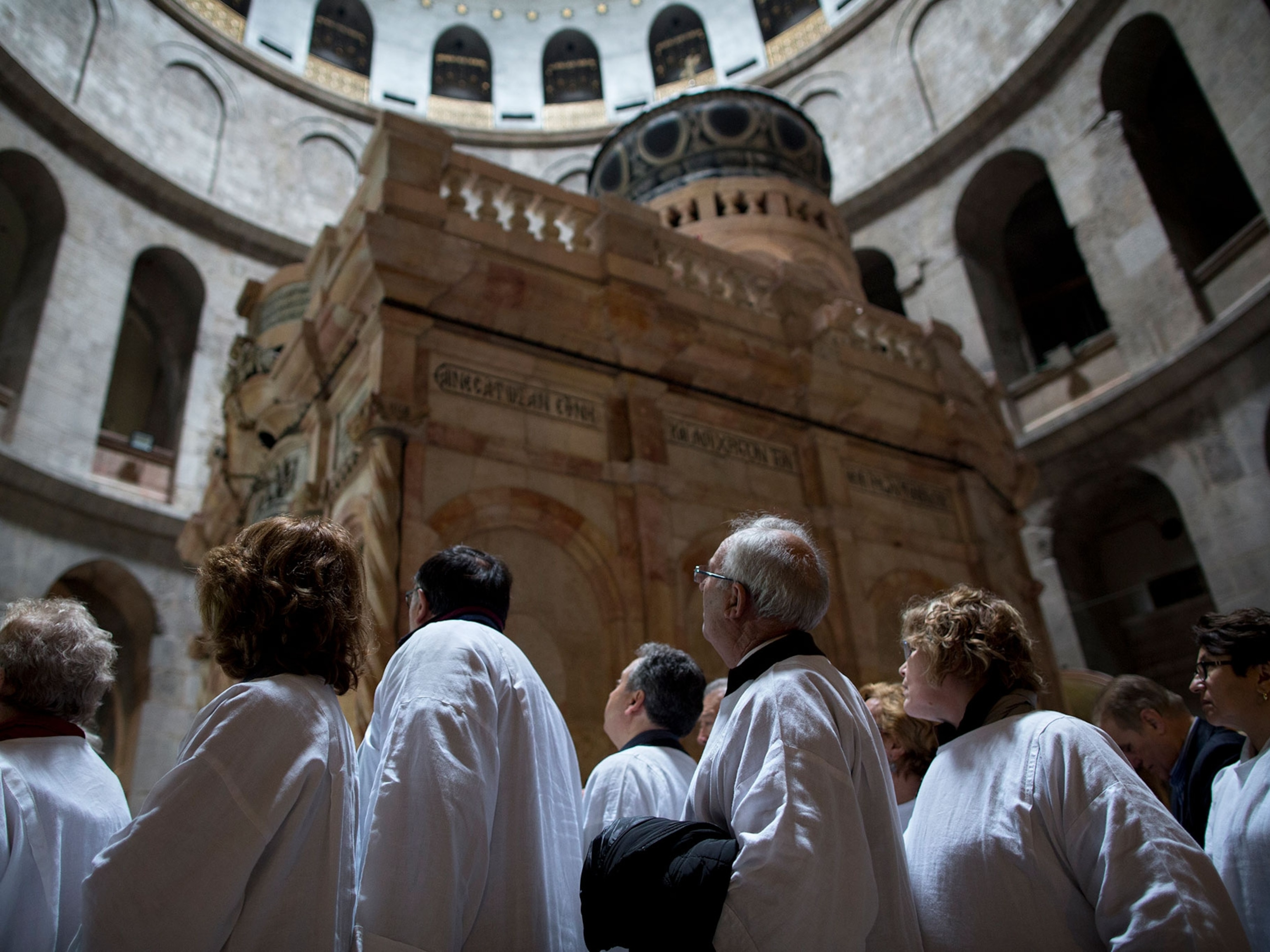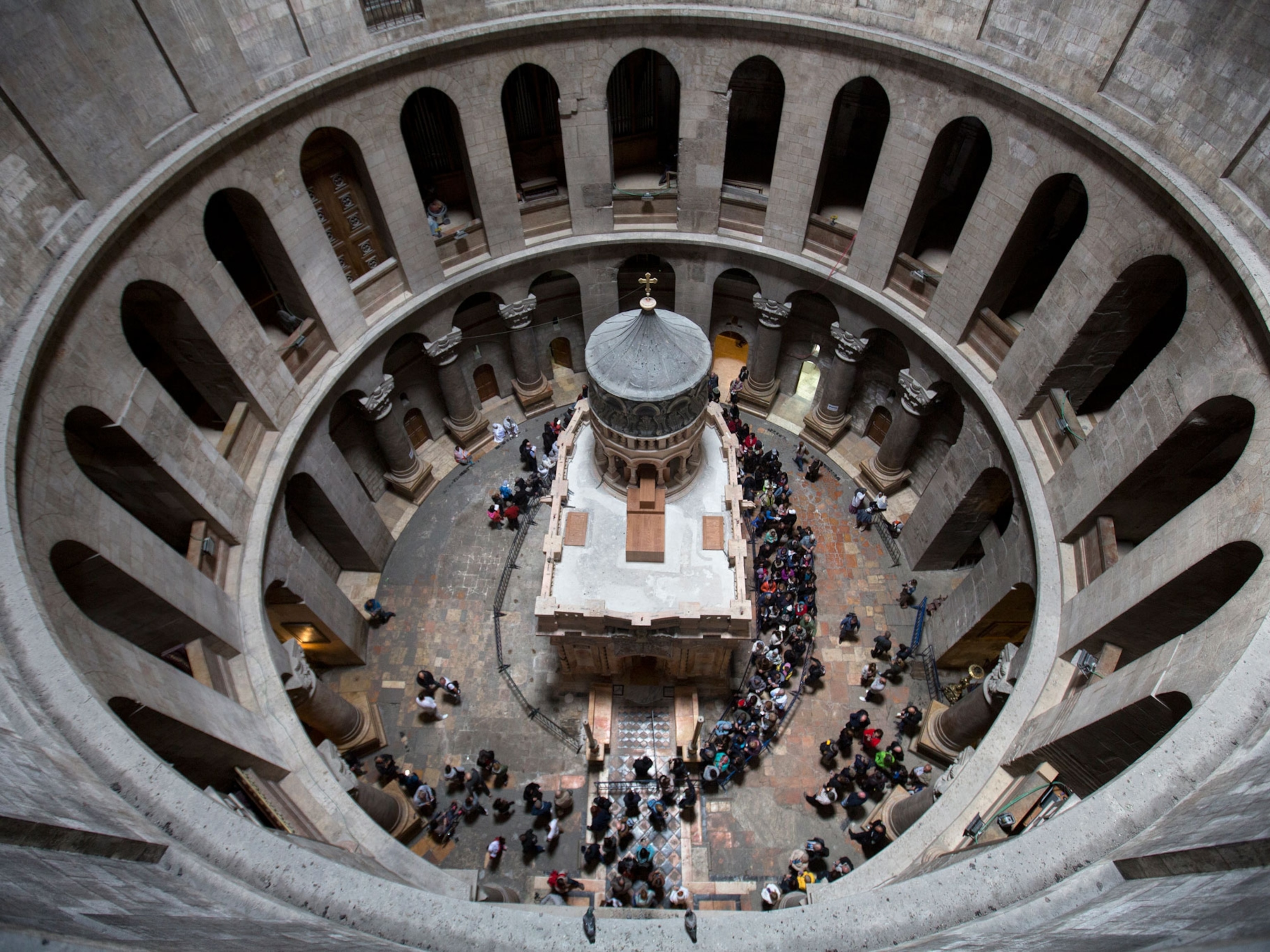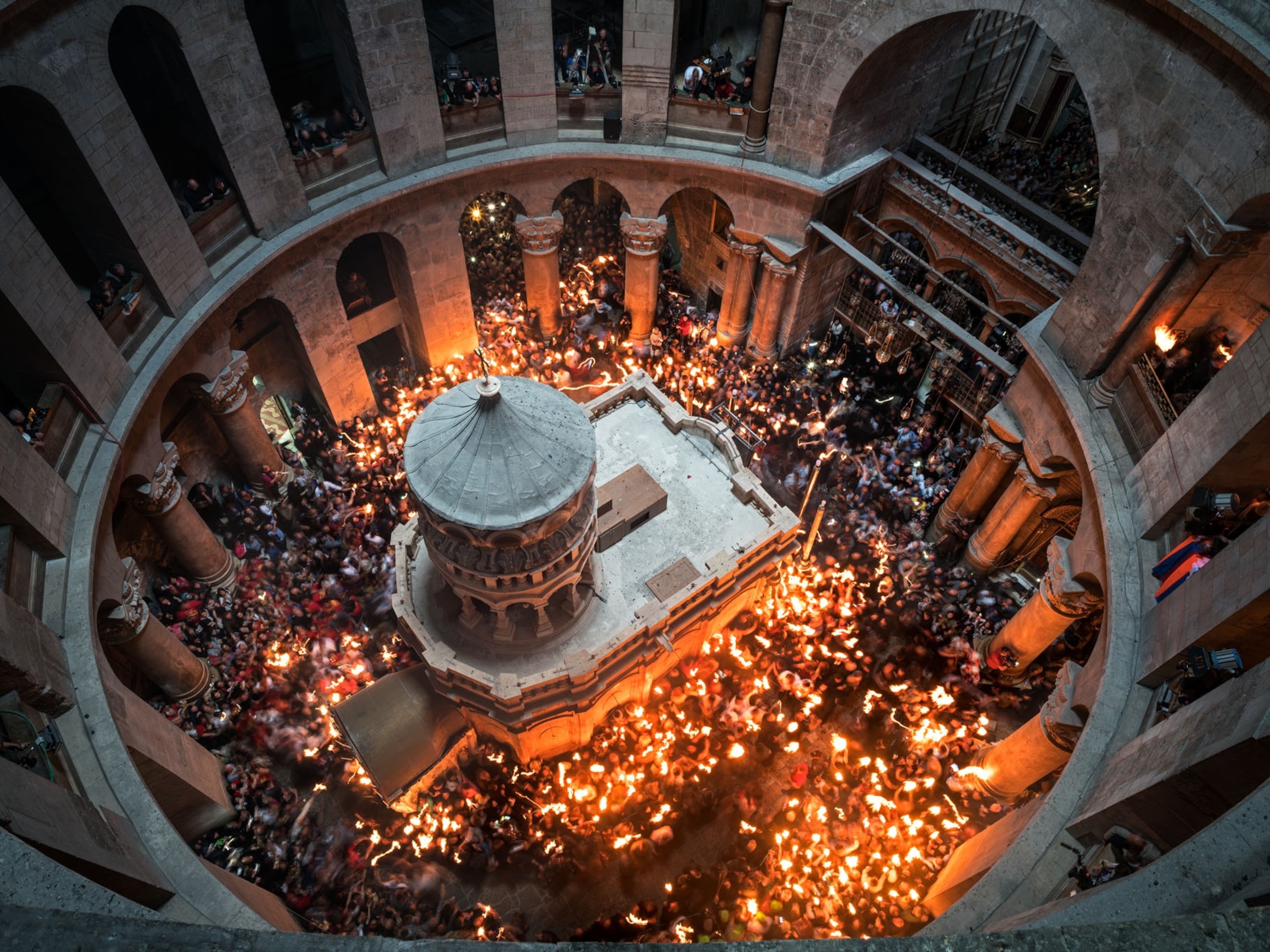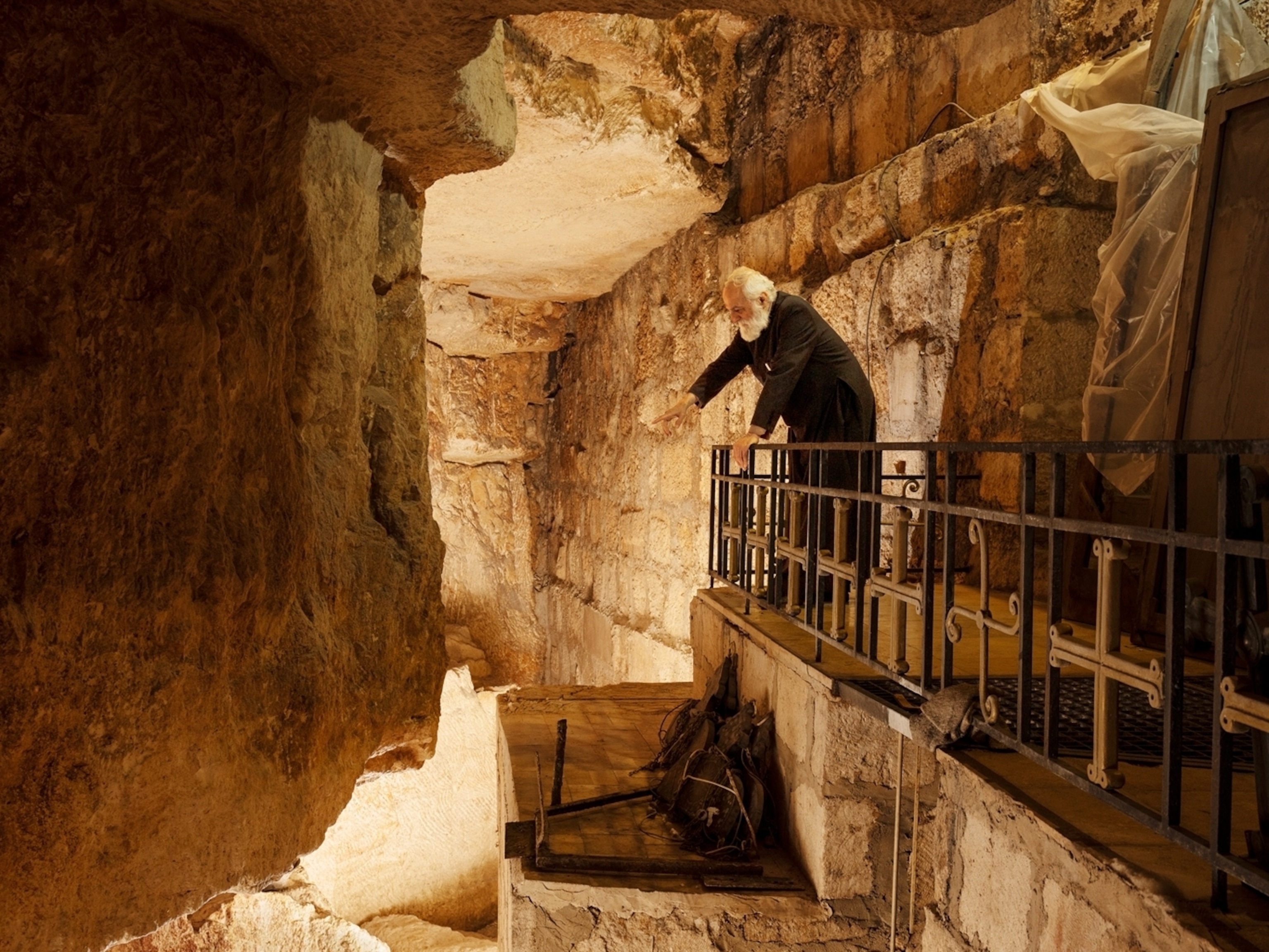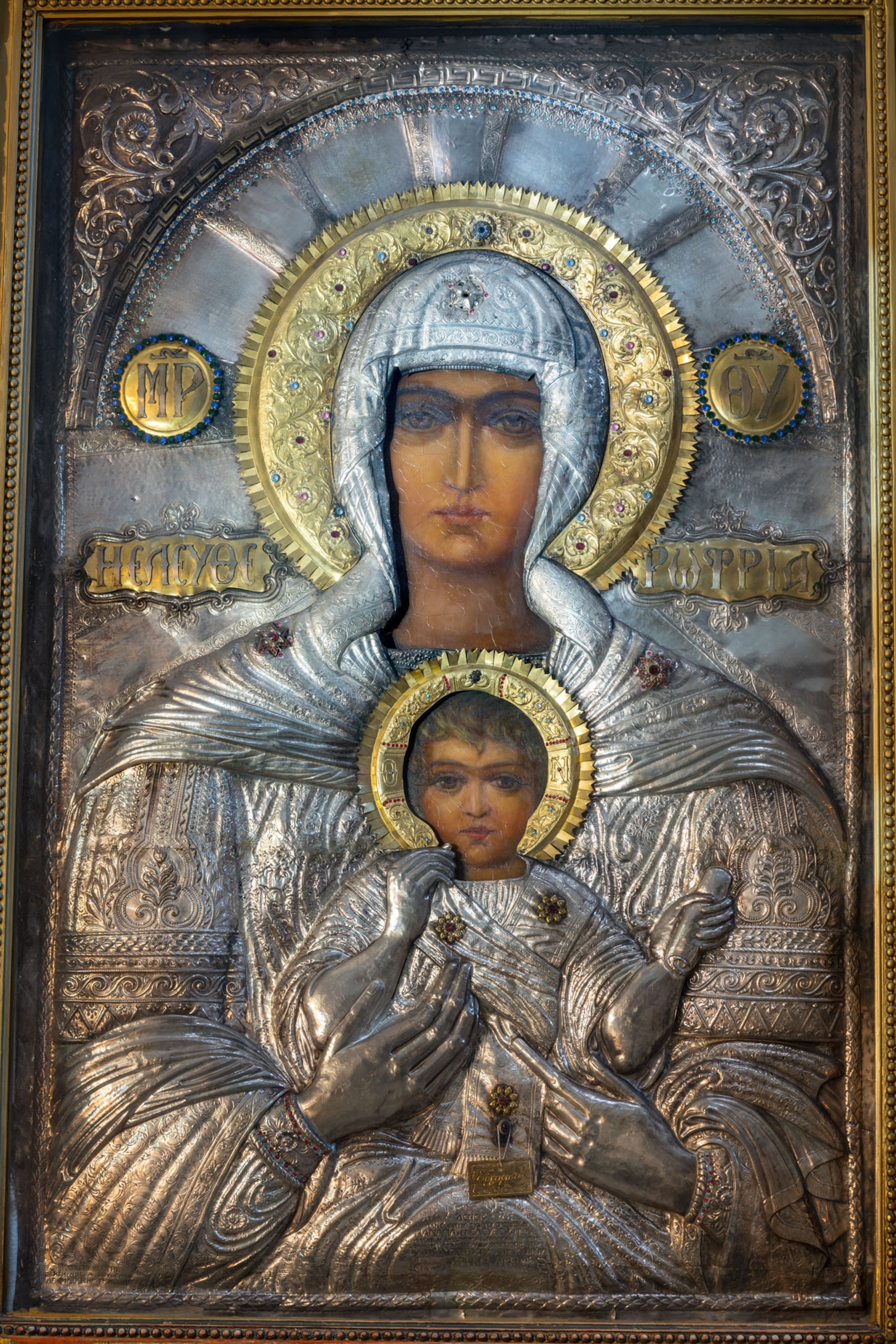
Where the Search for the Real Jesus Took One Reporter
From Bethlehem to Jerusalem in the footsteps of the historical Jesus, our reporter found archaeologists trying to sift fact from fiction.
This month’s cover story, “What Archaeology Is Telling Us About the Real Jesus,” does what people have been doing for nearly 2,000 years: It seeks new truths about the epochal figure known as Jesus of Nazareth.
He has been called, among other things, a religious reformer, a social revolutionary, and an apocalyptic prophet. The same variety of views can be seen in depictions of his likeness—artworks that often say more about the time and place in which they were created than the individual they sought to capture.
We wanted just the right person to tell this complex story, and we found her in our own newsroom—Kristin Romey, a self-described archaeologist turned journalist who’s made some 20 trips to the Middle East. Romey, who writes about paleontology and archaeology for nationalgeographic.com and this magazine, is committed to the work that our founders bequeathed to us: producing journalism that’s honest and fair, grounded in evidence and science.
I think our story about Jesus—brought to life with the incomparable illustrations of Fernando Baptista and the photography of Simon Norfolk—achieves that goal. I hope you’ll agree.
Romey told me that this assignment was different from many others she has done for us. “Most archaeological sites are cursed with a sense of romantic sterility, all crumbling ruins and stories about the great events that once took place there,” she said. “They may be alive with curious visitors, yet their relevance feels as distant to modern life as far-flung stars.”
But on this assignment, the ancient sites Romey visited felt very much alive. She gave an example: “I was standing in the remains of a first-century synagogue on the southern shore of the Sea of Galilee, discussing its excavation with one of the archaeologists who made the discovery in 2009. She explained its construction sequence, how it was dated, and its context within the larger town. Then she said proudly, ‘And my teenage sons had their bar mitzvahs here!’ ”
That’s the duality that Romey found: sites that are monuments of archaeological significance as well as vibrant centers of pilgrimage and faith. How gratifying, in this season of goodwill, to see the scientific and the spiritual coexist.
Thank you for reading National Geographic.
